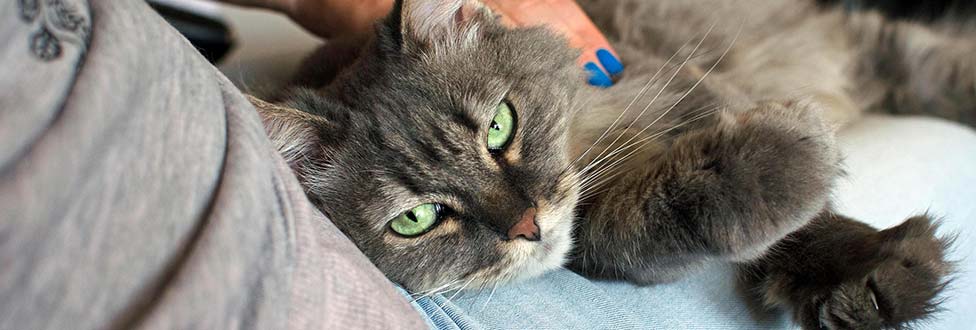Middleboro Puppies are Home for the Holidays
Recovered from Cruel Conditions & Home for the Holidays
Tuukka, Franny, Timmy, Sammy, Grunt, Moose, Honey, Seamus, Bleu, Cheddar, Colby, Brie, and Babybel all have a home for the holidays. They will have the chance to romp in the snow for the first time and snuggle up next to their human companions when they come in from the cold.

Tuukka with his new family.
Life is looking very merry and bright indeed for these happy pups.
Found jammed into a crate during a SWAT team raid at a home in Middleboro earlier in October, the thirteen 5-week old puppies were covered in filth, emaciated, and dehydrated. According to the director of the ARL’s Center for Animal Protection, they had clearly been living in cruel conditions.
The local veterinarian who provided urgent care after their rescue described them as “little bone racks,” and reported they each weighed in at 2 pounds or less. He believed the littlest one, tiny Babybel wouldn’t have made it through another night if authorities hadn’t found her.
Within 24 hours of their discovery, all but Babybel had checked into the three ARL adoption centers in Boston, Dedham, and Brewster. Too sick to travel, she remained under the care of the local veterinarian until she could join her siblings a few days later.
At our adoption centers, each puppy received a thorough medical exam, vaccinations, and lab work. They curled up with blankets and stuffed animals to rest, all warm and snug.

Bleu with his hew family.
Because they needed more one-on-one care to heal and develop physically and socially, the puppies went to dedicated ARL foster volunteers to get the special attention and training they needed. For the first time in their lives, they experienced love, compassion, and a positive bond with the people caring for them.
In just a few short weeks, the puppies had grown by leaps and bounds. Their foster parents provided details on their personalities and habits so the adoption centers could match them with the right families.
All are now enjoying life with their families, looking forward to romping in the snow for the first time.
Tuukka’s family, for example, reports that “his days are filled with lots of snuggles, walks, car rides, and love and affection.” Spoiled rotten (in a good way) with lots of toys and treats, he loves to sleep with his head on a pillow and the blanket over him.
Meanwhile, Tuukka’s sister Franny has a new big brother in her adoptive home to play with. Her new mom says Franny is learning new things every day and adjusting to her new home wonderfully.
“We are so blessed to have the opportunity to give Franny a loving, forever home and have her be a part of our family/pack!!” –Franny’s new mom

Moose (with Mark Pirruccio of Brewster ), Seamus (with Marie of Orleans), Grunt (with Jayne of Brewster) and Honey Pot (with Lisa of Provincetown)




